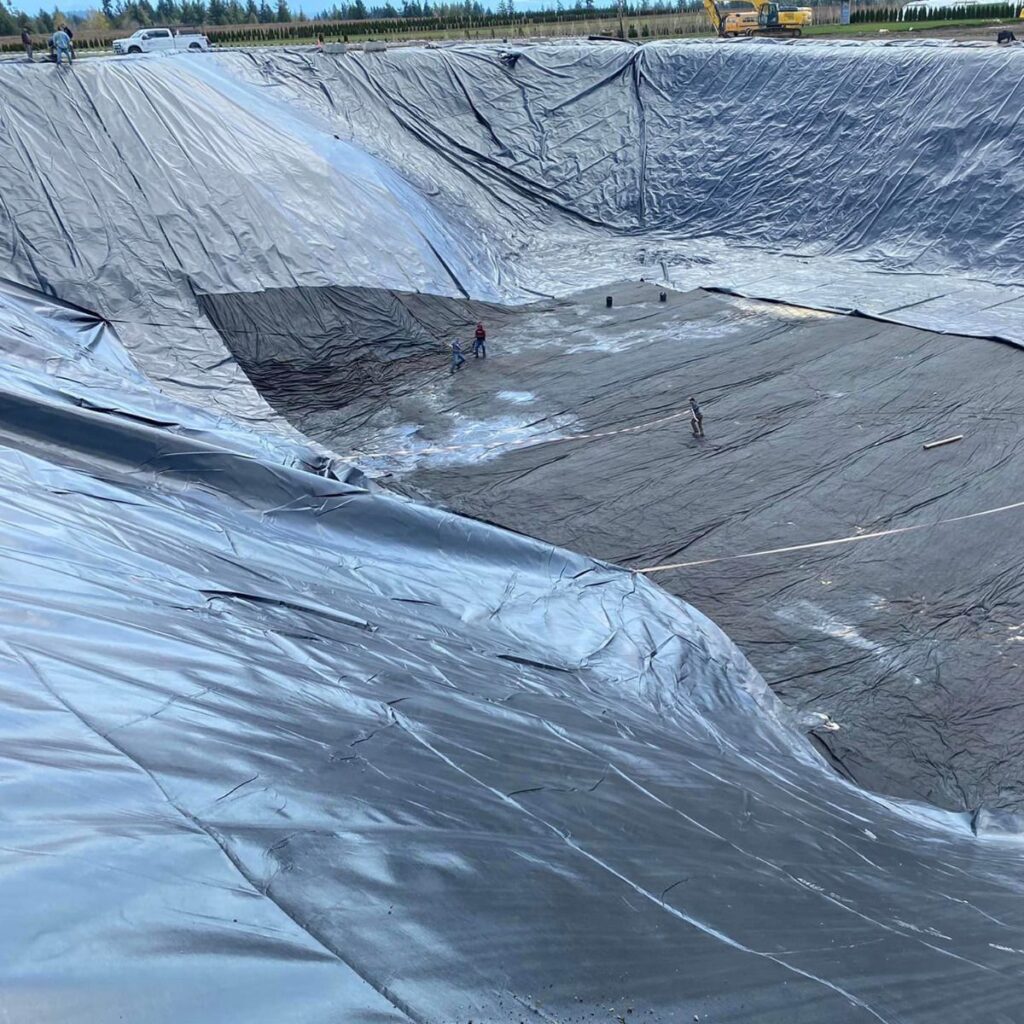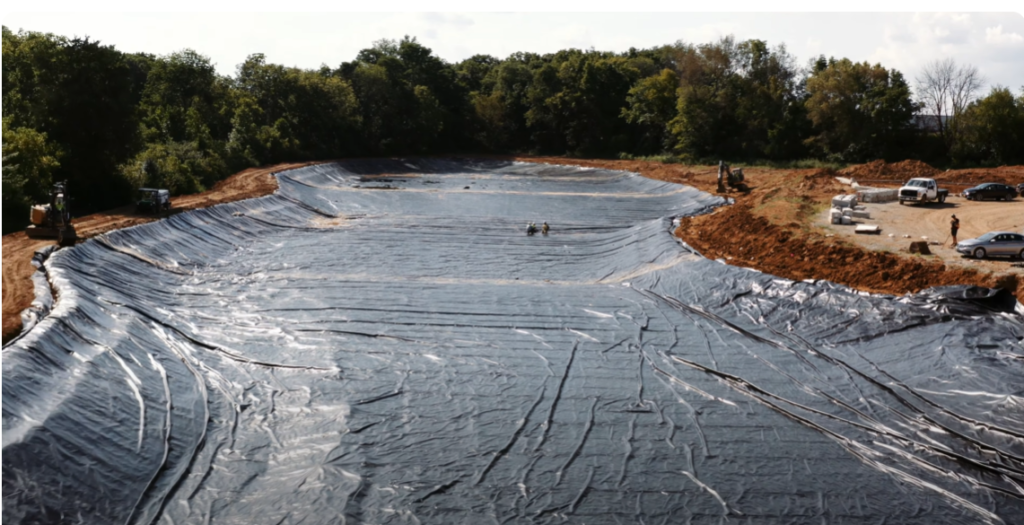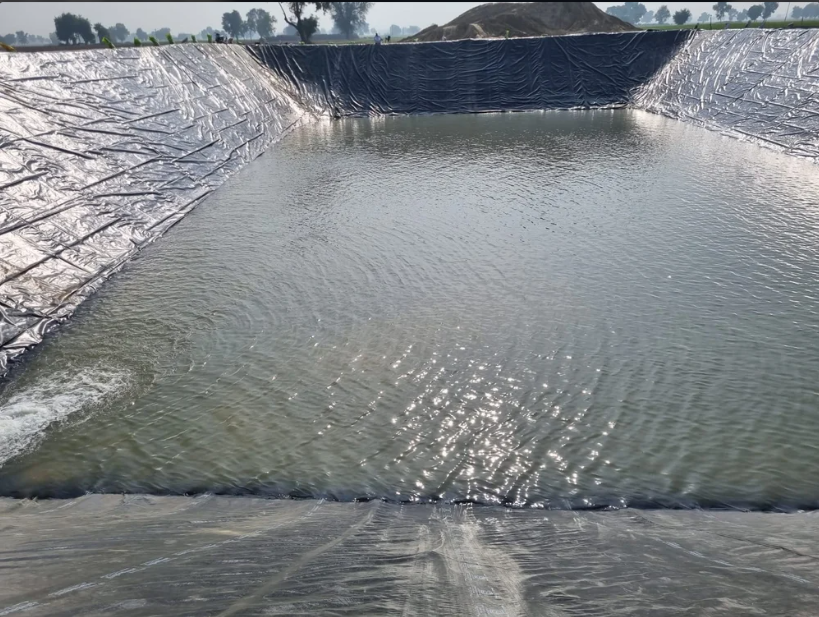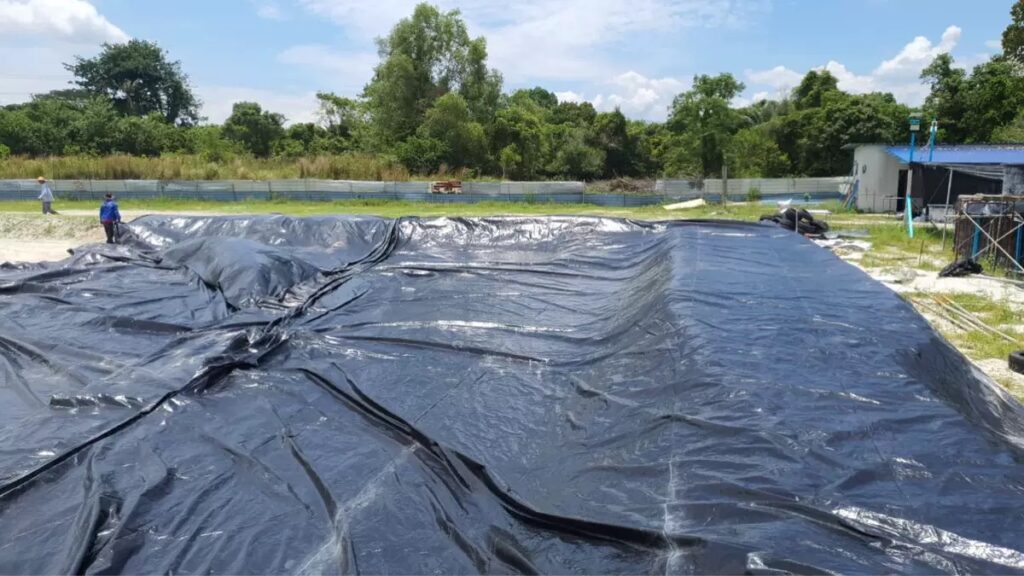Choosing the right reinforced liner for your project is critical to ensure long-term performance, durability, and cost-effectiveness. Whether you’re working on a pond, landfill, canal, or industrial containment system, here are the key factors to consider:
1. Understand the Application
Different projects have different demands. Ask yourself:
- What will the liner be containing? (Water, chemicals, waste, etc.)
- What is the expected exposure? (UV, temperature extremes, abrasion, or chemicals)
- Will there be mechanical stress? (Heavy equipment, foot traffic)
Example Use Cases:
- Ponds & canals → Require UV-resistant, puncture-resistant liners.
- Mining & landfills → Need chemical resistance and high tear strength.
- Agricultural lagoons → Must be flexible and resistant to animal waste.
2. Choose the Right Material
Here are common reinforced liner materials and their properties:
| Material | Strengths | Ideal For |
|---|---|---|
| HDPE (High-Density Polyethylene) | Excellent chemical resistance, UV stable | Landfills, mining, wastewater |
| LLDPE (Linear Low-Density Polyethylene) | Flexible, good puncture resistance | Ponds, canals, agricultural use |
| PVC (Polyvinyl Chloride) | Highly flexible, easy to install | Temporary liners, decorative ponds |
| RPE (Reinforced Polyethylene) | Strong, lightweight, UV-resistant | Portable water tanks, aquaculture |
| XR-5 or Reinforced PVC | Engineered for harsh conditions | Oil containment, industrial tanks |




3. Evaluate Reinforcement Type
Reinforced liners typically have a fabric core or scrim sandwiched between polymer layers. Look for:
Puncture resistance: Vital for rocky or uneven surfaces.
Tear resistance: Essential for heavy-duty or mobile applications
Tensile strength: Important in areas subject to movement or stress.
By the way,Thicker isn’t always better ,we should balance flexibility and durability.
The common thickness should be 20–60 mil (1 mil = 0.001 inch), you should also consider weight for transportation and installation ease.
If any questions, please leave a message.
2025.6.11
Leen
